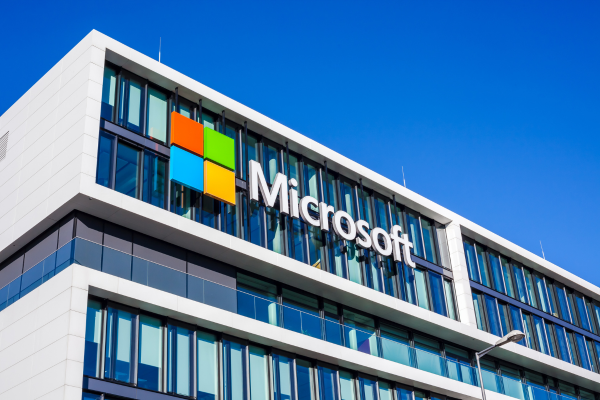In a revelation that underscores the vulnerabilities even within tech titans, the U.S. Department of Homeland Security’s Cyber Safety Review Board (CSRB) has issued a scathing critique of Microsoft’s security practices.
The investigation and report, sparked by a sophisticated cyberattack by a Chinese nation-state threat actor known as Storm-0558, has laid bare a series of presumed security lapses at Microsoft. This report not only shines a spotlight on the specific incident but also casts a wider narrative on the importance of a meticulous security culture within tech giants, especially those as integral as Microsoft.
A Cascade of Security Failures
The CSRB’s findings articulate a narrative of missed opportunities and underprioritized security measures that facilitated the breach of email accounts at 22 organizations, including federal agencies. The breach was made possible through the exploitation of Outlook Web Access and Outlook.com, underscoring the critical nature of safeguarding authentication mechanisms. The report’s conclusion is stark: such an intrusion was preventable.

Robert Silvers, Cyber Safety Review Board Chair
“The Board concludes that this intrusion should never have happened. Storm-0558 was able to succeed because of a cascade of security failures at Microsoft, as outlined in this report.”
A Culture Under Scrutiny
Central to the CSRB’s criticism is the characterization of Microsoft’s security culture as “inadequate,” necessitating a comprehensive overhaul. This assertion is rooted in several key assessments, including Microsoft’s failure to detect the compromise of critical cryptographic assets and the subsequent reliance on external entities to identify security breaches.
Furthermore, the CSRB report critiques Microsoft for its slow response to correct public misstatements regarding the breach, reflecting poorly on its commitment to transparency and accountability. The CSRB report delves into the operational and strategic decisions at Microsoft that, collectively, highlight a corporate culture perceived to deprioritize security investments.
Such decisions have not only impacted the tech giant’s ability to manage risks, but have also raised questions about its prioritization of business goals over security imperatives.
The ‘Secure Future Initiative’
In response to the CSRB’s findings, Microsoft has articulated a commitment to adopting a new culture of engineering security, as part of its Secure Future Initiative (SFI). This initiative marks a significant pivot towards enhancing security protocols, improving legacy infrastructure, and implementing more robust detection mechanisms to ward off cyber threats.
It represents the most substantial shift in Microsoft’s security approach since the inception of its Security Development Lifecycle (SDL) in the wake of the Blaster worm attack.
The Wrap
The CSRB’s report on Microsoft’s security missteps is a wake-up call for the tech industry at large. It showcases the imperative for tech behemoths to prioritize security as a feature and a foundational pillar of their operational ethos. For Microsoft, the journey towards a revamped security culture is both a challenge and an opportunity.
It offers a chance to not only fortify its defenses but also to reaffirm its commitment to protecting the digital environments it powers. As the company embarks on this critical path, the lessons gleaned from the CSRB’s investigation will undoubtedly play a pivotal role in shaping its strategies, ensuring that the security of its billion-plus customers remains paramount.






